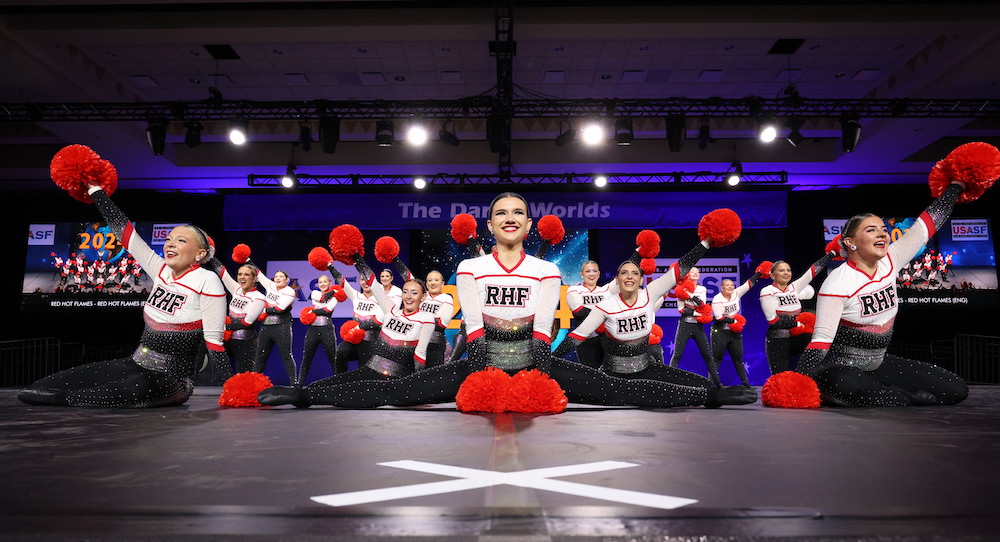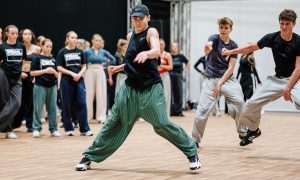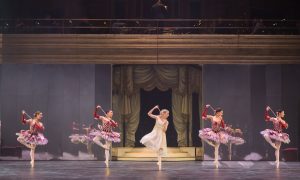Dance Team, which could also be called precision competitive dance, is a hugely popular activity throughout the world. While not technically considered a sport, it requires many of the same skills and habits that officially designated sports do. Despite its popularity in numbers, there’s a lot to learn about this fascinating pursuit. Dance Informa caught up with Maddie Jamieson, based in Scotland, to find out what dance team is, what skills are required to succeed and how judging works.
Let’s start off with the basics…what is dance team exactly?
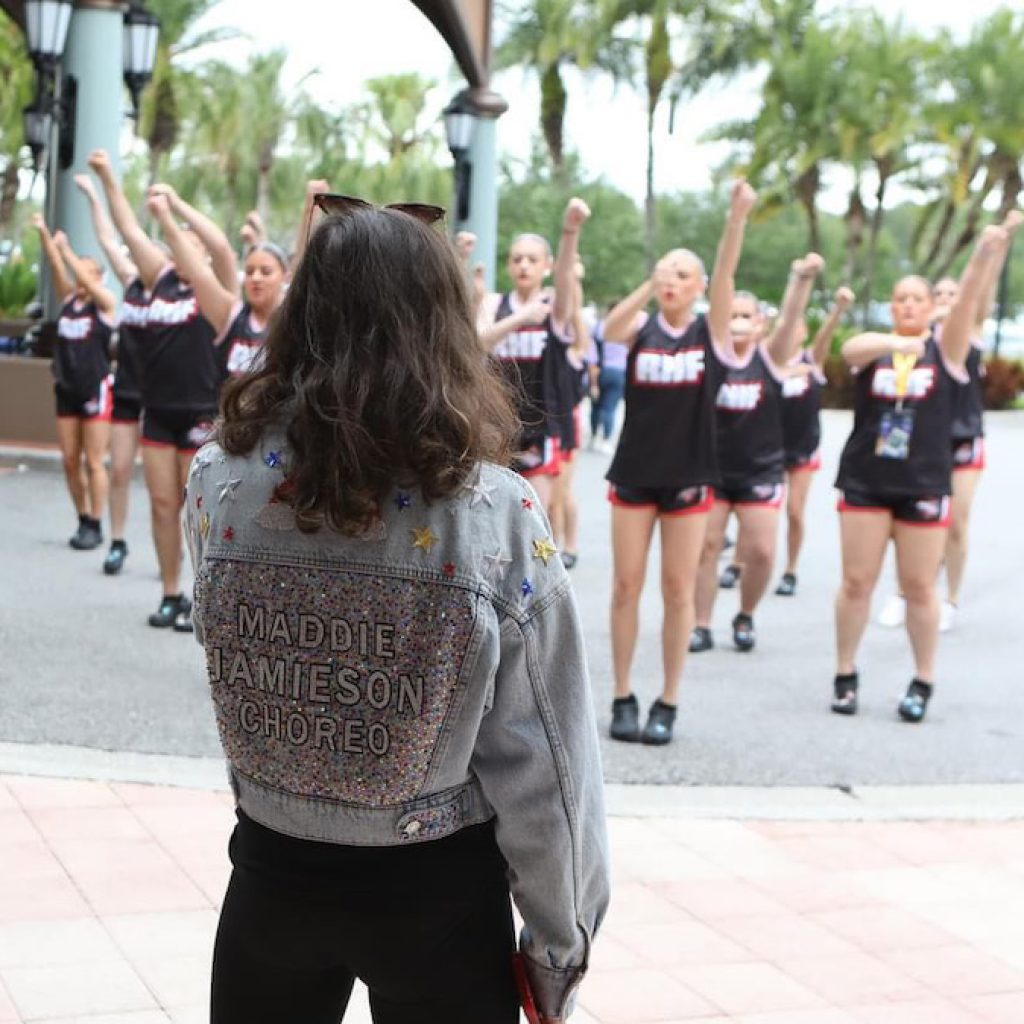
“Concisely, dance team is a sport/art form, in which dancers perform choreographed routines of set styles for about two minutes. Those set styles tend to be jazz, lyrical, hip hop and pom.”
How does that differ from competition dance?
“Within competition dance, there is more of an emphasis on the soloist. Dance team is going to start at a team of five athletes and stretch up to about 30. The real emphasis is on the synchronization, the cleanliness, and the athletic impression. Because again, dance team is a sport, whereas with studio competitions, you tend to get a little more room for artistry and a little less emphasis on skills.”

You travel the world to judge dance team competitions. One of the criteria you mentioned is known as ‘athletic impression.’ What does that mean?
“It’s not just about the technical elements within your routine. By that, I mean your turns, your jumps, your à la seconds, you might do a Firebird or a similar kind of athletic jump, as well as your acrobatic elements like back handsprings, front handsprings, tumbling and breaking elements. These contribute, but also tempo, stamina and your ability to weight change very quickly. All of these elements throughout a routine can build up the athletic impression because it makes you look really strong.”
What kind of training best supports success in the dance team world? Is it more dance, gymnastics or a combination of both? And what’s one of the most valuable skill sets one can bring to the sport?
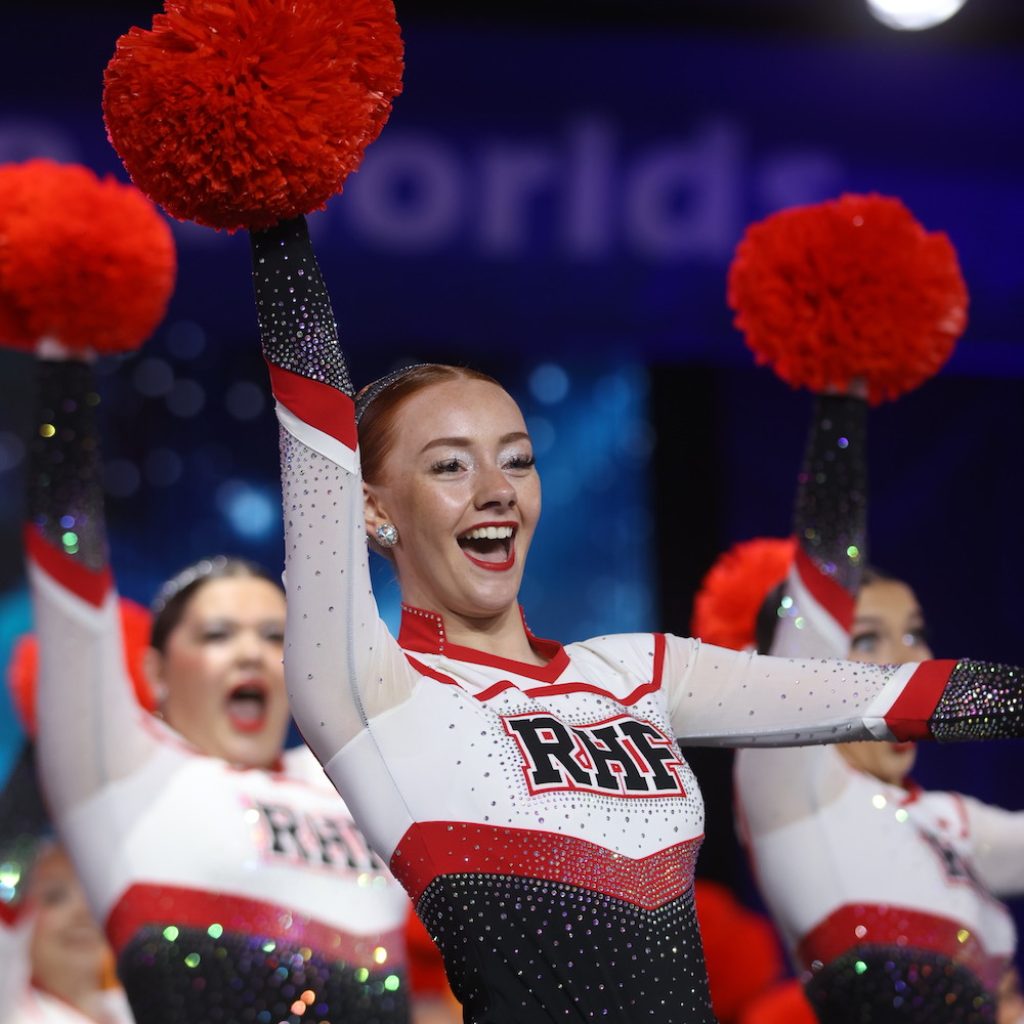
“I’m going to be out there…but the most valuable skillset you can have is a ballet background. In the hip hop style, that’s different. For that, a cheerleading or gymnastics background is good. But for jazz, pom and high kick category, it has to come from ballet. For example, the University of Minnesota quite recently went viral with their dance team routine, and that was awesome to shed a light and bring exposure to the sport. You can see within that routine just an unbelievable level of technical progress from the 16 dancers on the floor. They’re all world class technicians. And that really has to come from ballet.”
It certainly provides the strength and flexibility to allow for other styles to shine. Could you explain the difference between pom, lyrical and jazz?
“I’m going to start with jazz. We’re looking for stylized movements, not necessarily harkening back to a traditional jazz style like Fosse per se, but some kind of stylized jazz element which integrates various aspects of jazz technique. And lyrical would be either a ballet foundation or a more pedestrian style of contemporary foundation that integrates both to create a routine which is more flowing in nature. And for the pom category, poms have to be used for around 80 percent of their routine. A pom routine would integrate powerful, sharp and aggressive motions with strong sense of motion placement to create visual pictures throughout. And that might be complemented with jazz technique or gymnastic skill.”
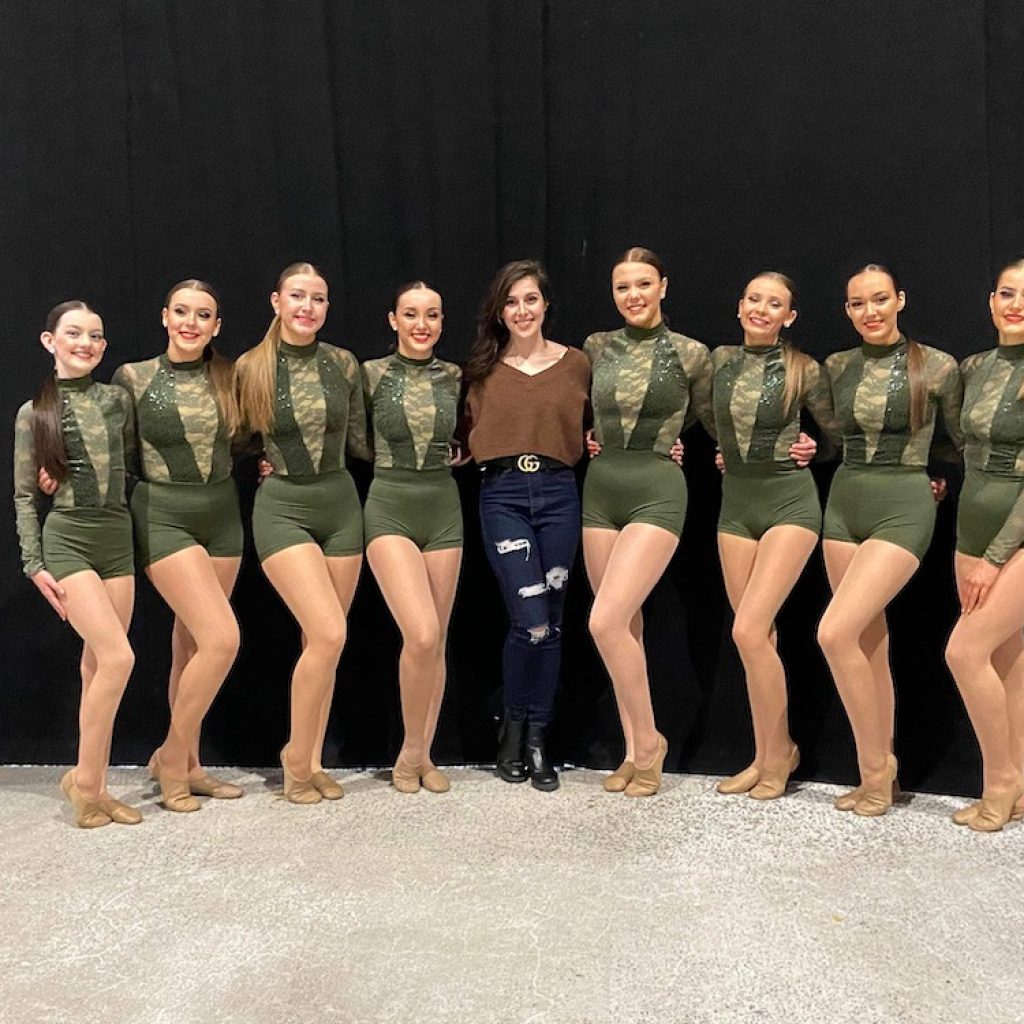
You’re based in Scotland and judge all over the world. Is the sport mostly the same, or does it differ depending on what country you’re in?
“This is a really interesting differentiation between America and the rest of the world. In America, there’s a very safe structure – you may go to a studio or a private dance program, you would compete, you might go into high school dance team, you might then go and dance in college on a dance team and compete there. When you’re done with college, generally speaking, you tend to be done. In other parts of the world, athletes will continue to dance for as long as they want. I choreographed a world’s team this year, and an athlete was 36 years old with two children.”
Finally, how does the financial side of dance team work? In concert dance, or other sports, people buy tickets to attend performances or games. While that doesn’t cover all costs, it does provide some revenue. Do the dancers pay to go to competition, or is it sponsored in some way?

“In the UK, everything is privatized. The dancers will all pay out of pocket all the time. They fundraise to go on these international trips to go and represent at the world championships. That is not the same in every country. Some countries do receive sports funding. If they’re recognized sport, they can receive sports funding through the government and that can help subsidize dancers’ trips. But the cost of training isn’t covered. Even Team USA have done fundraising to get to World Championships. The sport is growing very, very quickly. It has coverage on the Olympic channel and ESPN. But there are still massive hurdles with regards to the financial aspects of it because the reality is underprivileged kids don’t have access to the sport right now. I think there needs to be further work to democratize the sport in that way.”
For more information on Maddie Jamieson, visit www.maddiejamieson.com.
By Emily Sarkissian of Dance Informa.


